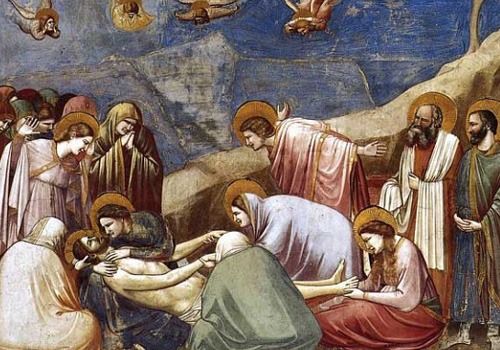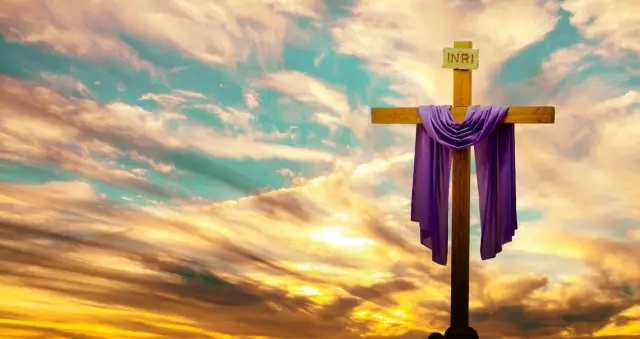Sabado de Gloria, or “Holy Saturday,” is a deeply significant day in the Christian calendar, particularly within the Catholic faith. Observed the day before Easter Sunday, it marks the culmination of Holy Week, a time of reflection, mourning, and preparation for the resurrection of Jesus Christ. In 2025, Sabado de Gloria falls on April 19, an occasion that will be rich in tradition, cultural practices, and religious significance. In this article, we will explore the meaning of Sabado de Gloria, its cultural implications, and how it is celebrated in different parts of the world.
The Religious Significance of Sabado de Gloria
Sabado de Gloria holds a unique position in Christian doctrine, serving as a day of transition between mourning and celebration. It is characterized by several key elements:
- Vigil of the Resurrection: Traditionally, this day is marked by the Easter Vigil, where Christians gather in churches to celebrate the resurrection of Jesus. This vigil typically begins after sunset on Holy Saturday and includes the lighting of the Paschal candle, readings from Scripture, and the baptism of new members into the faith.
- Reflection and Mourning: The day is also a time for reflection on the suffering of Jesus and the significance of His sacrifice. Many Christians spend this day in quiet contemplation, prayer, and fasting.
- Preparation for Easter: Sabado de Gloria serves as a day of preparation for Easter Sunday. It is a time for believers to ready themselves spiritually for the joyous celebration of the resurrection.
Cultural Practices Around the World

The way Sabado de Gloria is observed can vary significantly across cultures and countries. Here, we explore some of the unique traditions associated with this holy day:
Mexico

In Mexico, Sabado de Gloria is celebrated with a variety of unique customs, such as:
- Processions: Many communities hold processions that reflect on the Passion of Christ. These often include reenactments of biblical events and are attended by large groups of people.
- Water Balloons: A fun and playful tradition involves throwing water balloons, symbolizing purification and renewal. This practice is especially popular among children and adds an element of joy to the somberness of the day.
- Culinary Traditions: Families often come together to prepare traditional dishes, with food being an essential part of the cultural celebration. Foods such as capirotada (a type of bread pudding) are commonly served.
Spain

In Spain, Sabado de Gloria is marked by solemnity and reflection. Key practices include:
- Church Services: Many Spaniards attend church services that focus on the resurrection, with the lighting of candles and special hymns.
- Art and Music: Traditional Spanish music and art are often incorporated into the celebrations. Many towns feature elaborate decorations and performances to depict the resurrection story.
Philippines
The Philippines celebrates Sabado de Gloria with local customs that reflect its rich cultural heritage:
- Salubong: This is a pre-dawn ritual that involves a reenactment of the meeting between the risen Christ and His mother, Mary. The event is marked with singing, dancing, and the release of doves, symbolizing peace and hope.
- Community Gatherings: Families and communities often gather for meals and fellowship, highlighting the importance of unity and shared faith.
Cultural Reflections and Symbolism
Sabado de Gloria is not only a religious observance but also a time for cultural reflection. The day embodies various themes that resonate within the community:
- Redemption and Renewal: The transition from despair to hope mirrors the human experience of overcoming challenges and seeking renewal in life.
- Community and Family: The rituals and traditions surrounding Sabado de Gloria often bring families and communities together, fostering a sense of belonging and shared identity.
- Artistic Expression: The cultural practices associated with Sabado de Gloria often involve artistic elements, from music to visual arts, showcasing the rich heritage of the communities celebrating this day.
Statistical Insights on Religious Observance

To understand the significance of Sabado de Gloria, it is helpful to look at some relevant statistics:
- According to a 2020 Pew Research Center study, approximately 69% of Catholics in Latin America consider attending church during Holy Week to be very important.
- A survey conducted in 2022 indicated that over 60% of participants in the Philippines actively engage in the Salubong ritual, reflecting its importance in Filipino culture.
- In Spain, approximately 80% of the population identifies as Catholic, and many participate in Holy Week events, including Sabado de Gloria.
Sabado de Gloria is a day of profound significance that bridges mourning and joy within the Christian faith. Celebrated with rich cultural traditions across the globe, it embodies themes of redemption, renewal, and community. As we approach Sabado de Gloria in 2025, it is essential to appreciate not only its religious importance but also the cultural expressions that enrich this sacred day. Whether through solemn reflections, joyous celebrations, or communal gatherings, the impact of Sabado de Gloria resonates deeply within the hearts of millions, reminding us of the transformative power of faith and community.


